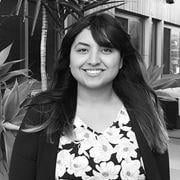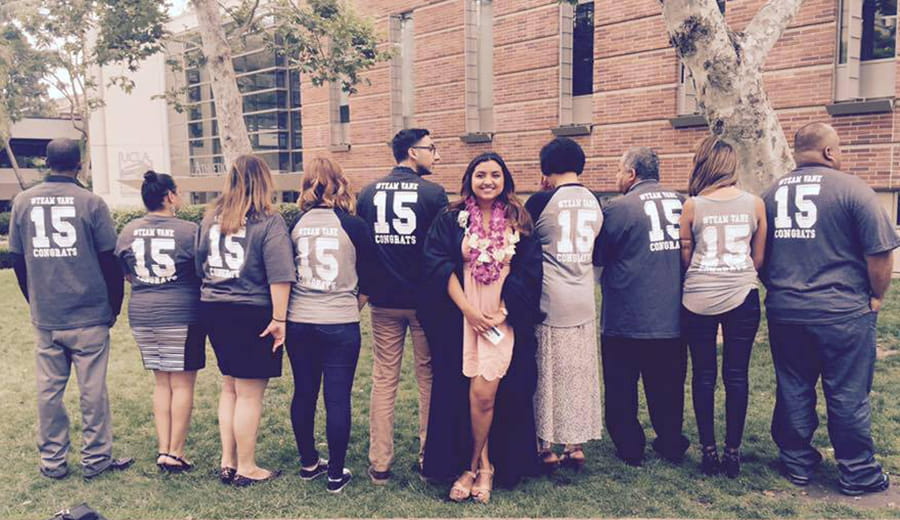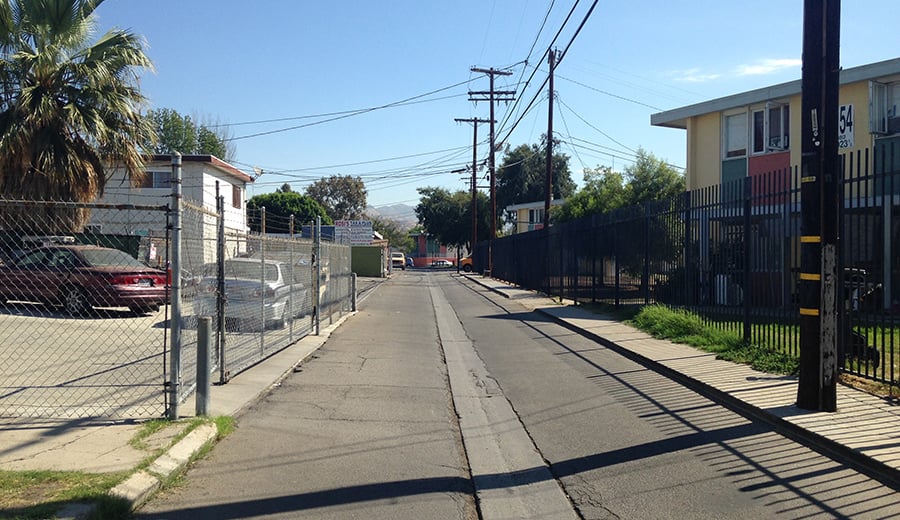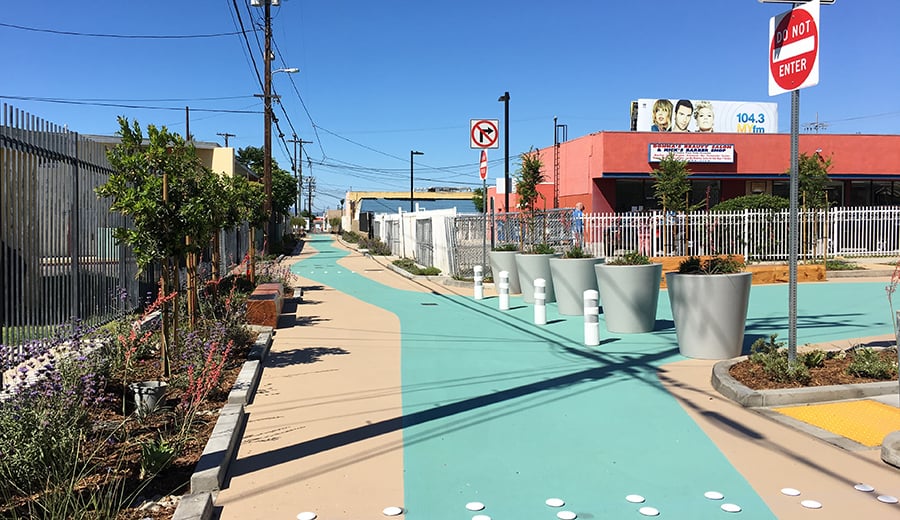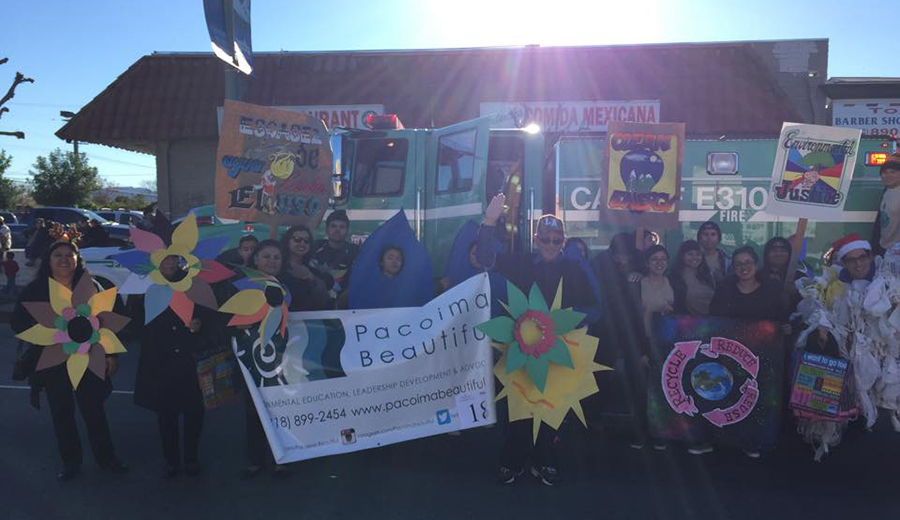Starchitects aside, we hear little about the individuals whose cumulative decisions shape the built environment. In our Profiles in Design series, we chat with engineers, architects, policymakers, and designers about their lives, careers, and daily aspirations.
Arup’s Vanessa Thompson, a civil and environmental engineer in our Los Angeles office, discusses designing for communities, giving back, and what it means to see your community represented in engineering fields and beyond.
What inspired you to study civil and environmental engineering?
I wanted to have a career in the environmental field since I was ten years old. My elementary school had a reduce, reuse, recycle school-wide assembly and I was hooked. I became that kid who would ask everyone about the environment and how we could live sustainably. My junior year of high school I also had a great environmental science teacher who encouraged me to engage with organizations like Heal the Bay and Pacoima Beautiful. The story of Pacoima Beautiful’s founding — a group of mothers whose children were exposed to harsh chemicals from living near industrial zones — pushed me to fight against environmental injustice.
I didn’t find out about the engineering aspect of environmental science until my junior year of my undergraduate studies. While studying abroad at the University of Manchester, I learned about the environmental issues the UK had experienced during industrial revolution, like how heavily polluted rivers would catch fire, and that fascinated me. How could humans cause so much harm and how are we going to fix it?
The second question stayed with me through my time abroad and followed me when I returned to UCLA. It was great to learn about the issues, but I wanted to learn more about the solutions. So I decided to pursue a master’s in civil engineering.
How did the Bradley Plaza Green Alley project come to life?
I grew up in Pacoima, and I live there now. It’s very near and dear to my heart. An opportunity arose for Arup and Pacoima Beautiful to collaborate a median revitalization along Van Nuys Boulevard, a Great Streets project — basically LA's mayor puts out grants for community organizations to beautify their community or create place-making spaces. Arup offered Pacoima Beautiful pro-bono services and that’s how our relationship with Pacoima Beautiful started.
The project wouldn't have been possible without Pacoima Beautiful's urban greening vision plan. They had put together a document, close to two decades ago, identifying opportunities where they could build these green alleys and potential parks. Now we're finally starting to see a couple of their ideas come to fruition. Visioning, putting it on paper, and putting it out there, is a hugely important first step for communities interested in these types of projects.
When Pacoima Beautiful secured funding for another community project, I encouraged Arup to respond to the request for proposals. The Bradley Plaza Green Alley is a largely ignored concrete alleyway intersected by a plaza. We transformed it into a well-lit community gathering space with drought-tolerant plants and stormwater management strategies. We had direct input from the community and when the project faced budget constraint, it was incredibly rewarding to be a voice for what aspects and amenities were non-negotiable for the community — more shade, trees, and a very culturally rich project.
Transparency was also crucial. We presented a few alternatives during our community engagement rounds. It was paramount to deliver a concept aligned with the community preferences. If we delivered a differently designed project than what we initially presented, it would create a level of distrust between the community and the designer. Even worse, if communities feel their opinions aren’t considered or valued, they lose trust in the entire process. That’s why it’s important to have an active community outreach arm, so that the community understands what might change and designers understand the aspects that cannot change.
What types of community programs do you think can make the biggest impact?
I'm from a low socio-economic community, so many people are first-generation college students and first-generation professionals, which is difficult to navigate. On a personal note, my mother was a waitress and my father was a factory worker. Even in my extended family, everyone had manual careers. Growing up you really didn't have a path to a technical or professional career. So right now, my focus is on carving out that path for others in my community.
I serve on a lot of community organizations and alumni associations where we give out scholarships, host leadership conferences, and offer resource fairs. With Comisión Femenil of the San Fernando Valley, we recently hosted a conference for about 600 female students from Cal State Northridge where they could attend workshops, hosted by local Latinas, showcasing different career paths. It’s important to build a coalition, a community that shows it’s been done before and that it’s possible, the hope is that it will give these women enough strength not to give up when it gets difficult.
When I was in high school I received a scholarship from Comisión Femenil, so it’s always been a dream of mine to come back to the organization and help provide the scholarships that were provided to me.
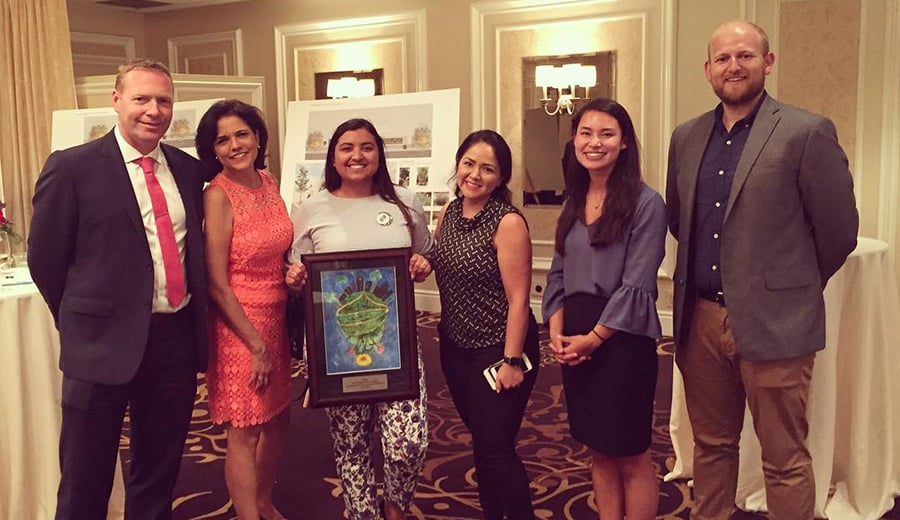
Where do you draw inspiration from outside of your day-to-day work?
I draw inspiration from my community, my heritage, and my travels. My community lacks access to fresh foods, complete streets, clean air, and open green spaces. I take public transit from Pacoima to Downtown LA every day, which often sparks ideas for how we could better serve all communities. My grandparents’ respect and love for the land has been instilled in me through their stories of working in mines, fields, and slaughterhouses. My grandfather participated in the “Bracero” program where he migrated to the US and picked produce in fields. Also, traveling opens my eyes to how other countries, states, and cities serve their communities. There are so many different approaches and solutions to the same problems we face in Los Angeles, like providing safe, open spaces and methods of filtering air in urban areas.
My parents are my greatest inspiration. They are my motivation to move forward and accomplish my goals. My successes are their successes as well. Although neither of my parents matriculated past the 5th grade, they made sure their children had opportunities they didn’t. They came to America at a young age, with little education, but lots of determination and perseverance. I will never take their sacrifices and struggles for granted. Their selflessness and love inspire me to nurture future generations in our community.
What’s next for you as you keep progressing in your career?
I want to build on our success with Bradley Plaza Green Alley. As the first community-focused green infrastructure project I've worked on in Los Angeles, there’s a huge opportunity for more projects like it, as well as stormwater capture projects for arid LA. Increasing the local water supply is going to be huge in the coming years to divert LA’s reliance on imported water. Plus, I’d like to support more projects that are inclusive of communities and community design. I hope to connect with more communities that have historically faced environmental injustices and inequities to ensure that they too have access to clean air, complete streets, and open green spaces.
There’s lots of opportunities right outside my door — it’s a great time to be a civil engineer in Los Angeles.
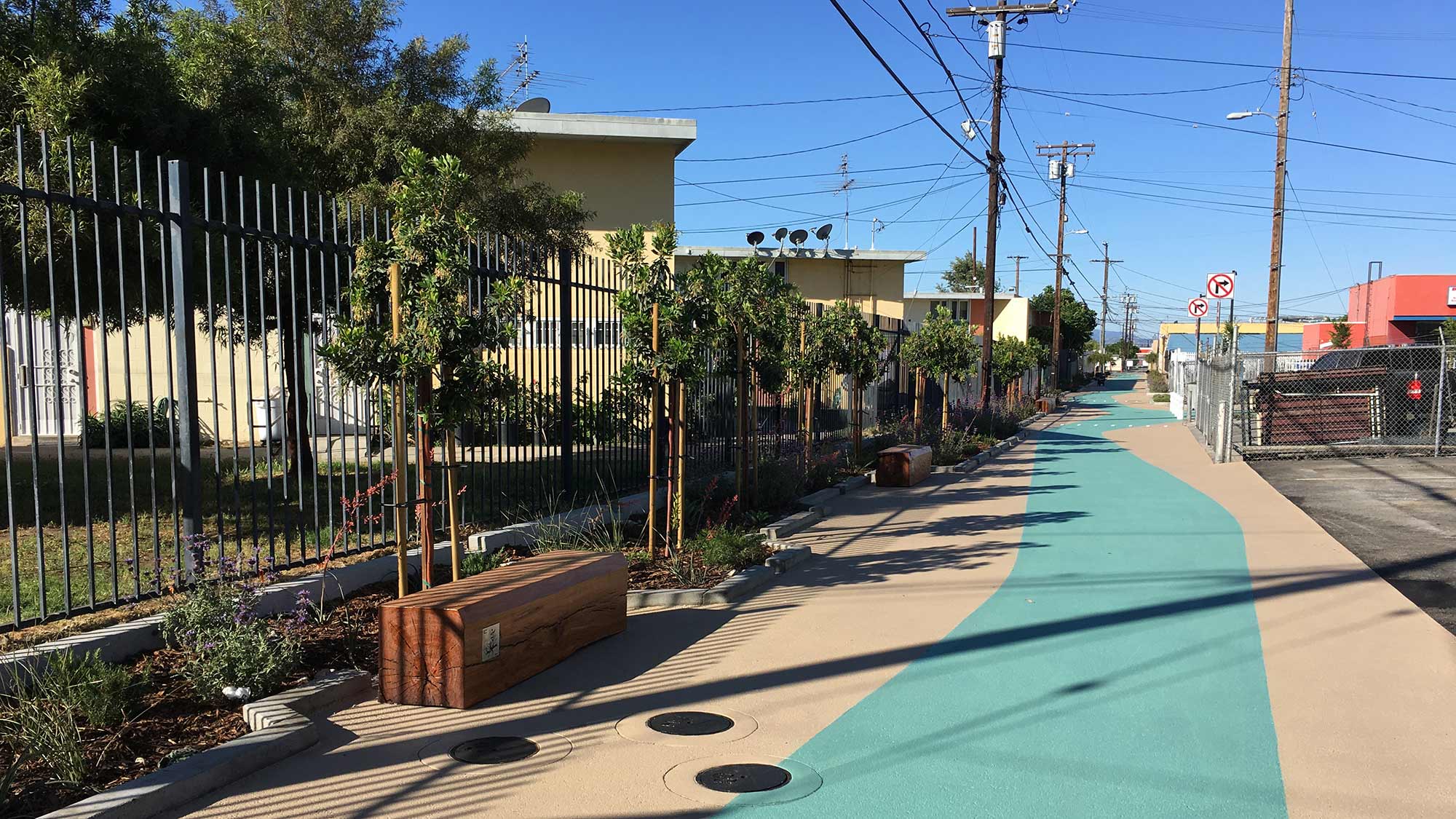 ;
;
